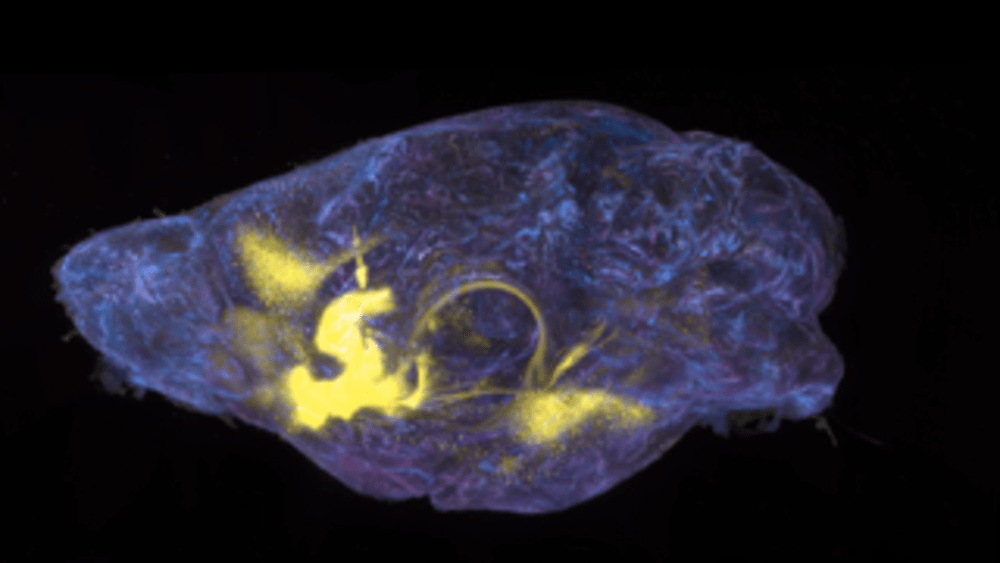
We are excited to share that our paper entitled “Drugs of abuse hijack a mesolimbic pathway that processes homeostatic need” has been published in Science.
Drugs of abuse produce pleasurable feelings and reinforce consummatory behavior directed toward their acquisition. These same properties are characteristic of natural rewards that satisfy innate needs, such as food or water. Decades of research has shown that brain systems processing natural rewards are also impacted by drugs of abuse at the physiological, circuit, cellular, and molecular levels. These findings raise the hypothesis that drugs of abuse cause addiction by “hijacking” a common reward pathway, ultimately promoting drug intake while curbing other healthy goals. However, the specific neural substrates for such a shared reward pathway remain unidentified.
In this paper we identified the nucleus accumbens (NAc) as a central hub necessary for both cocaine and morphine to disrupt natural reward (food and water) consumption. The Ras homolog enriched in brain (RHEB)–mammalian target of rapamycin (mTOR) signaling pathway was found as a key regulator of accumbens cell type–specific signal transduction and causal to cocaine and morphine interference with feeding and drinking. We used a combination of methods including whole-brain neuronal activity mapping, in vivo two-photon longitudinal calcium imaging at single-neuron resolution, and single-cell sequencing after in vivo CRISPR perturbation of a candidate gene to achieve this finding. Moreover, the reward pathway contained overlap in cell type–specific responses to drug and natural rewards, with more than 90% of accumbens dopamine receptor 1–expressing neurons responding to both natural (food and water) and drug (cocaine or morphine) rewards.
Read our full publication here or a short summary as highlighted in our Rockefeller University press release.
Congrats to the entire team!
